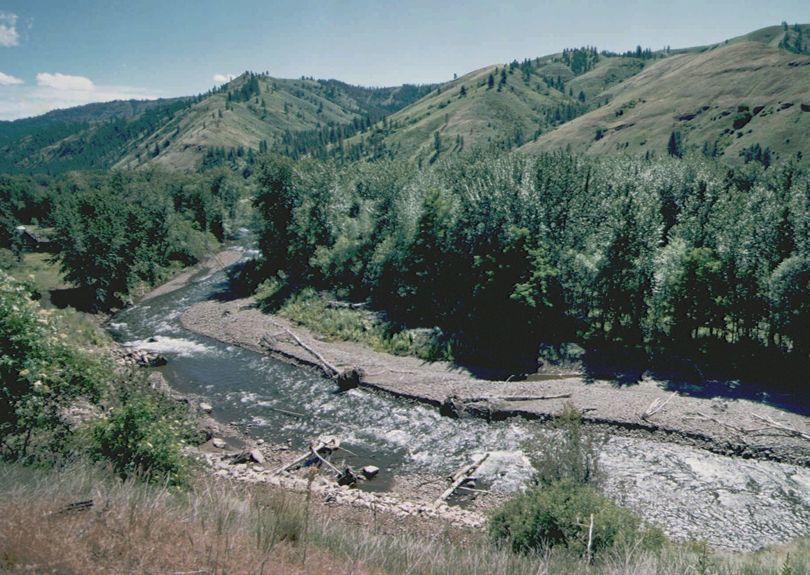Fishing rules change on Tucannon River

FISHING -- Since Sept. 1, Tucannon River anglers have been required to comply with several rule changes that are not in the current regulations pamphlet to protect wild steelhead and the future of the fishery.
The Washington Department of Fish and Wildlife posted on its website an emergency rule change on Aug. 22 as follows:
- All steelhead landed in the Tucannon River with a missing adipose fin (hatchery origin) must be retained. Catch and release of hatchery steelhead is not allowed. (As usual, all wild steelhead must be released.)
- The daily limit is reduced from three to two hatchery steelhead.
- Barbless hooks are required for all fishing.
- The area from Marengo (at Turner Road Bridge) upstream is closed to all fishing (it had been open under selective gear rules and motor prohibition.)
- The fall / winter fishery season for all game fish species closes Feb. 28, 2015 (it had been open through March 31.)
- The boundary description is modified to define the Tucannon as the water lying south of a line of sight from an orange diamond shaped sign attached to the Hwy. 261 guard rail (northwest of the Tucannon and adjacent / downstream from the rest area turn off), running southeast across to the eastern, un-submerged shoreline of the Tucannon (point of land spit). (The large embayment between the eastern shoreline of the Tucannon River and the rock bluff to the east along the south shore of the Snake River is considered part of the Snake River.)
John Whalen, the agency's Eastern Region fish program manager, said the changes were needed because natural origin steelhead returns to the Tucannon River are not meeting management goals for conservation.
“We have to focus the fishery on removal of stray hatchery steelhead that primarily enter the Tucannon River in late summer or early fall to prevent them from spawning,” Whalen said. “We also need to provide a refuge area above Marengo to protect early returning wild steelhead, and close the fishery before March when most of the wild steelhead return to the Tucannon River.”
Anglers must cease fishing for steelhead for the day once they have retained two hatchery steelhead or their two trout per day limit.
Adipose fin-clipped fish must have a healed scar at the location of the missing fin. All steelhead with unclipped adipose fins must be immediately released unharmed. Anglers cannot remove any steelhead from the water unless it is retained as part of the daily bag limit.
Chinook and coho salmon, as well as bull trout are also present in the Tucannon River during this steelhead fishery, and must be released unharmed.
A portion of the funding to monitor the Tucannon River fishery comes via funds generated through sale of the Columbia River Salmon/Steelhead Endorsements. All anglers fishing for salmon or steelhead on the Snake River and Tributaries are required to have this endorsement.
Game fish seasons are scheduled to re-open in the Tucannon River on the first Saturday in June as described in the 2014-2015 Washington Sport Fishing Rules pamphlet.
Tucannon River impoundments – small man-made lakes on WDFW’s Wooten Wildlife Area that are stocked with hatchery trout – remain open through October, as published in the fishing rules pamphlet.
